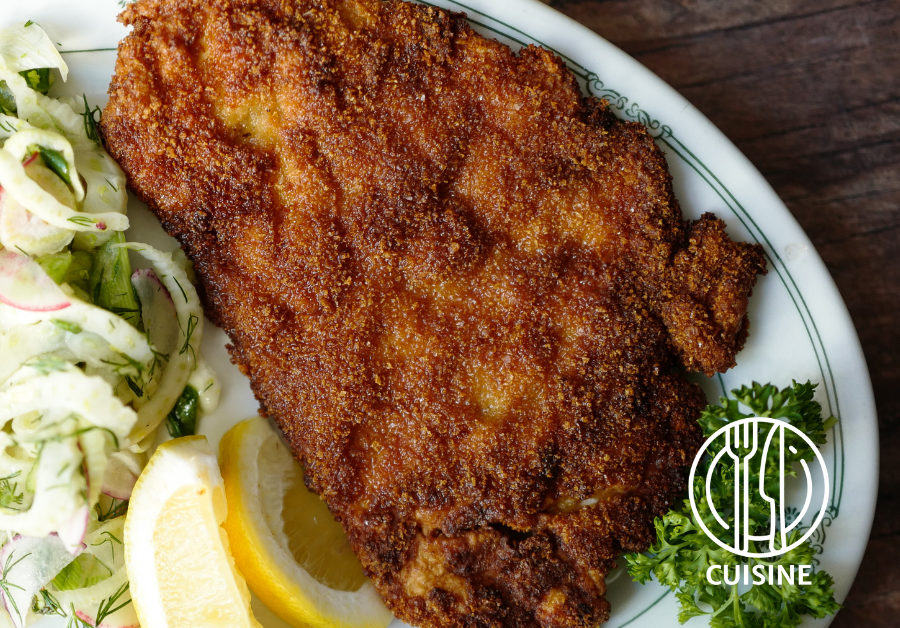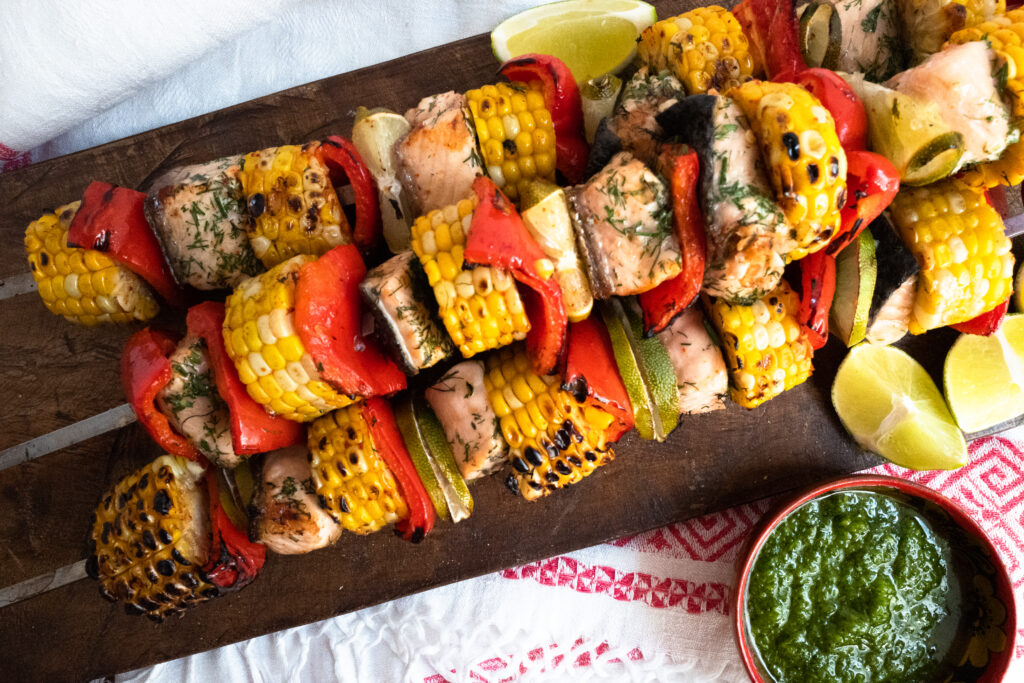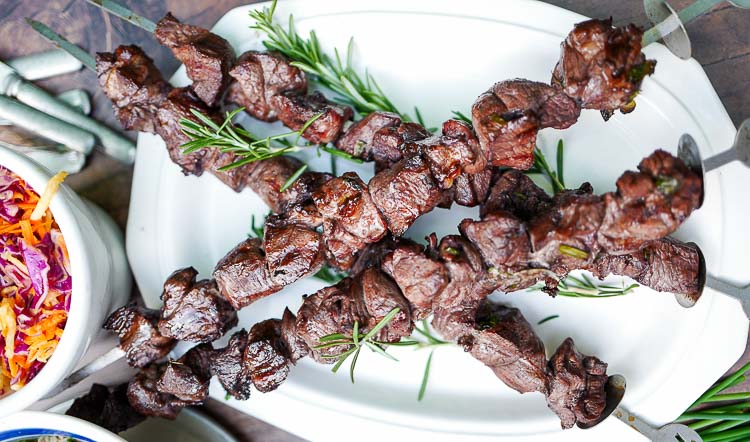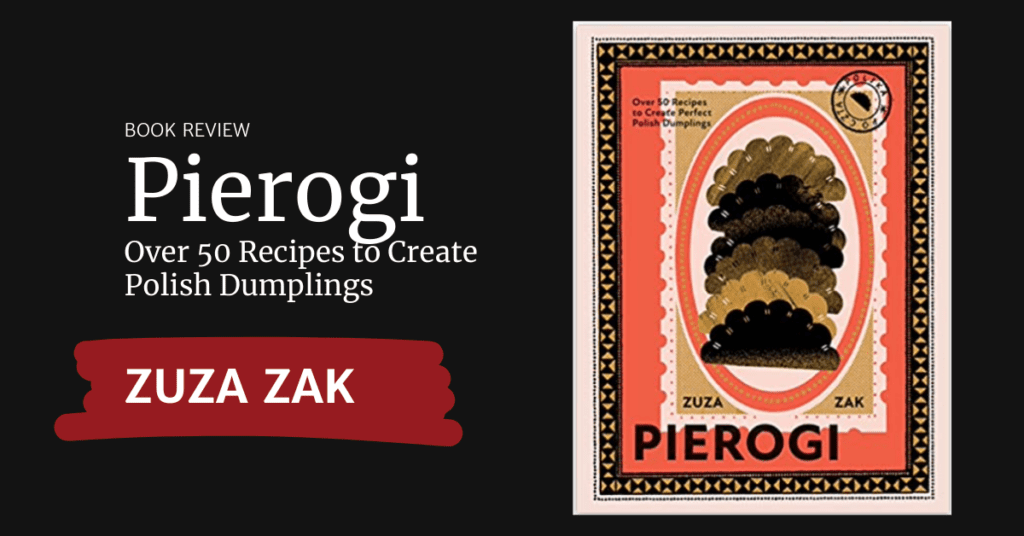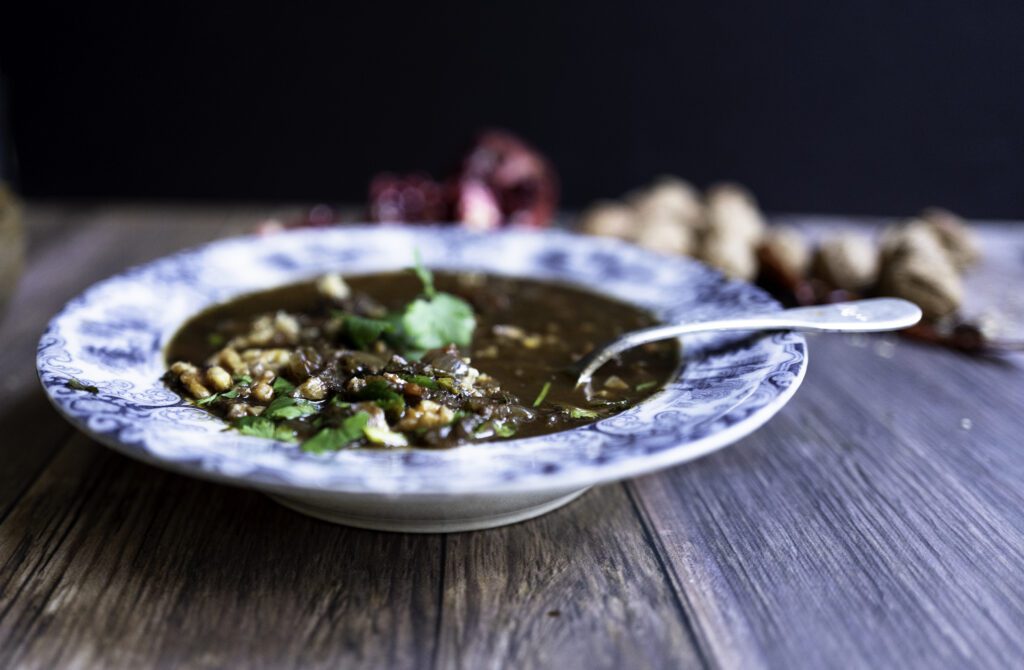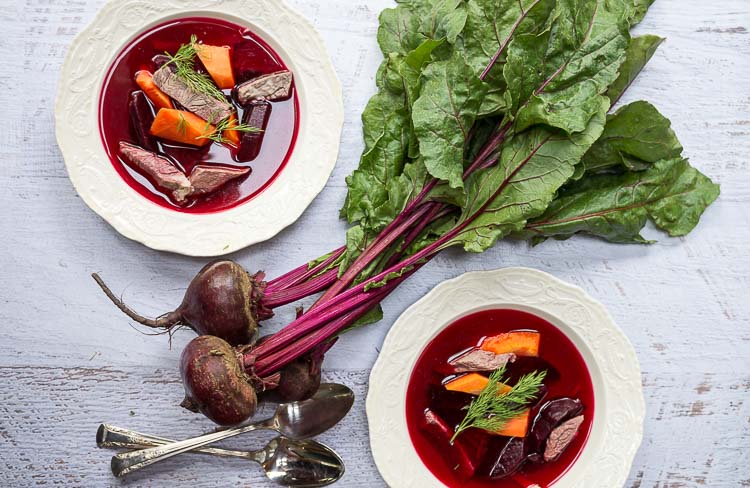
The perfect borsch is what life should be but never is.
-Aleksander Hemon
Winter is firmly behind us, and each day sees the reappearance of half-forgotten friends such as young beets, fresh sorrel, and the parade of seasonal berries. Then there are those fleeting ingredients such as rhubarb that are doubly welcome because their time with us is so short.
With all this springtime bounty, and because it’s not yet so hot that cooking anything apart from gazpacho is impossibly uncomfortable, it’s the perfect time to enjoy a pot of summer borsch.

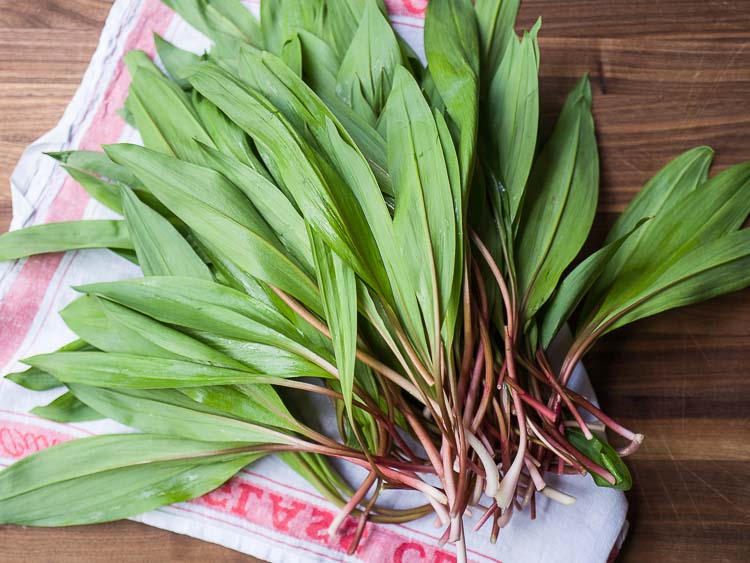
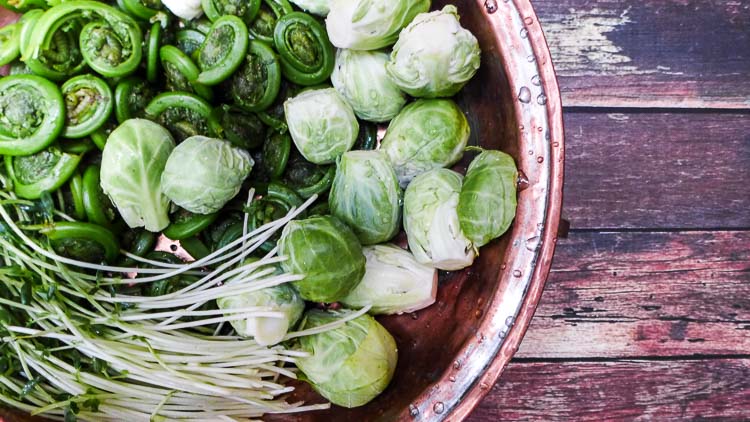
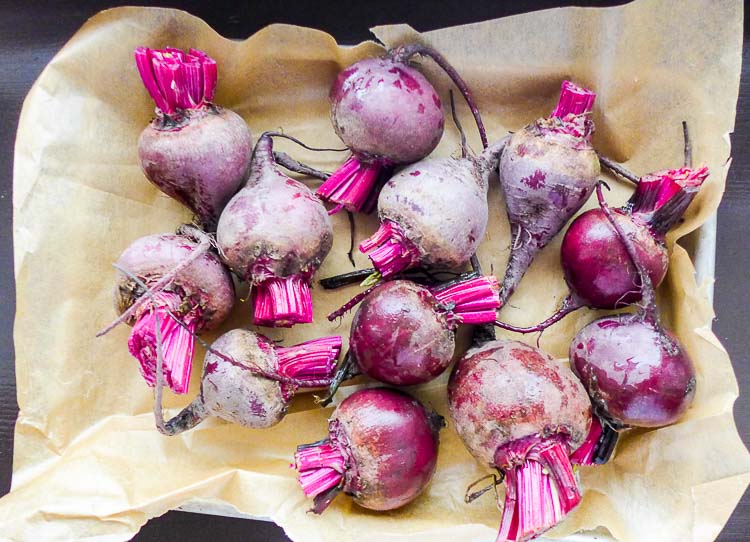
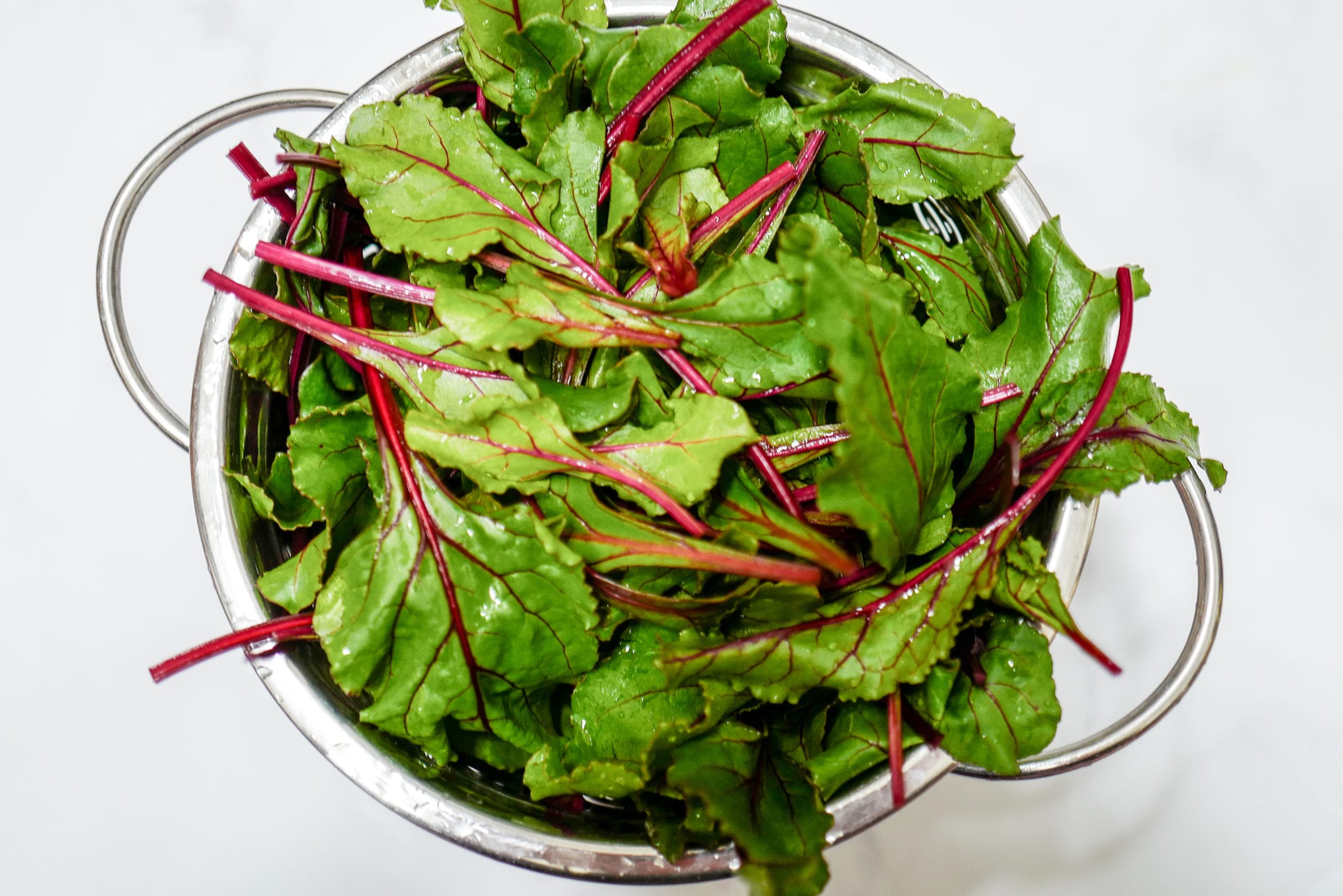
Where does borsch come from, anyway?
The precise origins of borsch are lost in the mists of time and the fluctuating borders of Eastern Europe. Each Slavic nation claims ownership and revels in its own interpretation. Thank goodness for Nikolai Burlakoff’s exhaustive and authoritative work, The World of Russian Borsch, which contains staggering 77 different recipes for borsch as well as a comprehensive historical guide.
Burlakoff traces the beet from Byzantium to the lands of Rus sometime around the tenth century, giving credence to the theory that borsch in more Ukrainian than Russian, but after that borsch myth and lore splinters into a million different versions. My favorite is a charming legend that borsch was honed by Don Cossacks, foraging during the sixteenth century Siege of Azov.
I love the idea of Cossacks riding at full gallop, leaning in their stirrups to spear up a bunch of beets with their razor-sharp sabers, don’t you? Since Cossacks are back in fashion, we’ll stick with this one.
What is the exact recipe for borsch?
When people try to pin me down on an exact borsch recipe I become very uncomfortable.
For every pot, there is a different borsch, and no two pots are the same. Some schools of thought insist that the essential ingredient is beets, those impossibly sweet vegetables that give borsch its signature pink color, but “shav’” the Jewish sorrel soup is also considered part of the borsch family.
Does borsch need meat? My Russian mother-in-law certainly thinks so, though my American vegan nieces beg to differ. Should borsch be served ice cold, as they do in New York delis, or piping hot as is customary in Eastern Europe, with a garnish of hard-boiled eggs and sour cream?
Which spices augment the flavor of borsch best? Apple, horseradish, or maybe both? And then there is the texture issue: do you grate the vegetables or dice them? And where do you stand on the beans versus potato question?
Borsch is a template, not a hard and fast recipe
The truth is that anyone who tells you there is a carved-in-stone recipe for borsch is lying. If pressed, I offer a template on which you can endlessly riff (see the infographic below).
It’s the ecumenical quality that I love best about borsch
In the depths of winter, borsch can be hearty, rich with broth and meat from a couple of lamb shanks, tomatoes, and onions with tartness from preserved sauerkraut. In spring and summer, however, I go much lighter, and use lean duck breast as my meat.
With tart and tasty greens such as sorrel, wild garlic, young beets with their colorful leaves, delicate pea shoots, and tender chives all in season, it’s a sin not to include these headliners. So give it a try. If you are new to borsch, don’t worry! There are no rights or wrongs here — just print off the infographic above, grab your basket and head to the farmers’ market to mix up a pot of your own. And be creative!
Pin and share this infographic
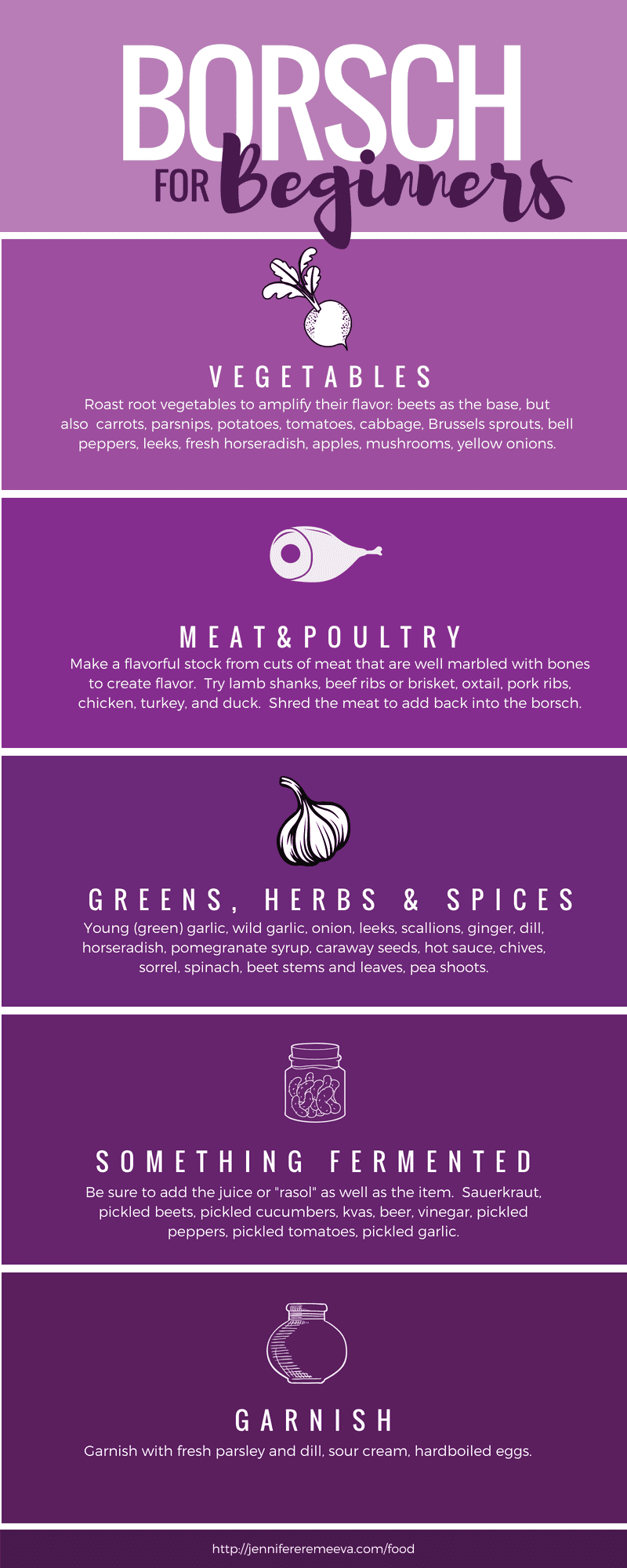
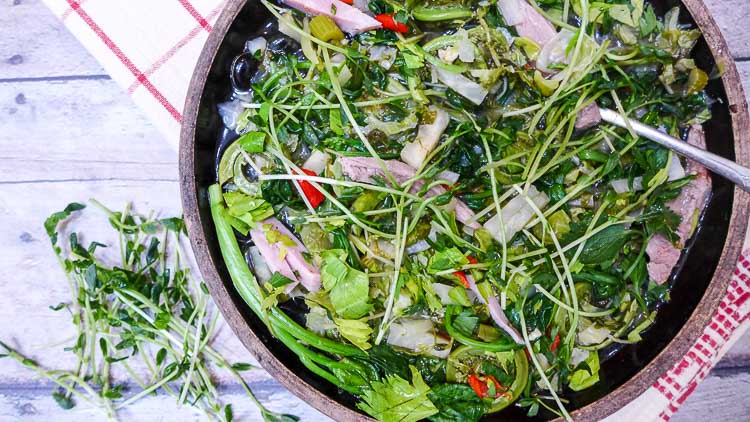
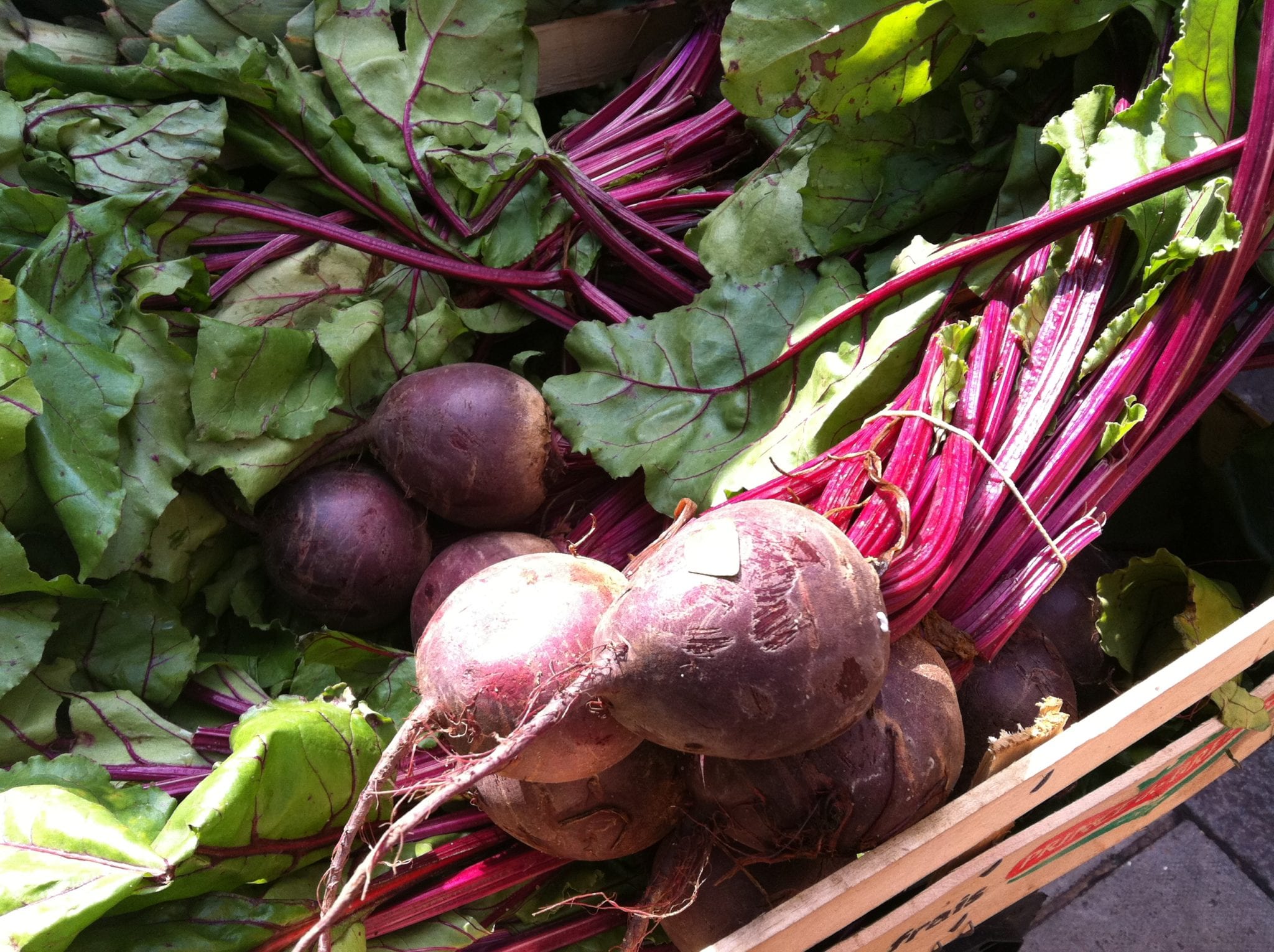

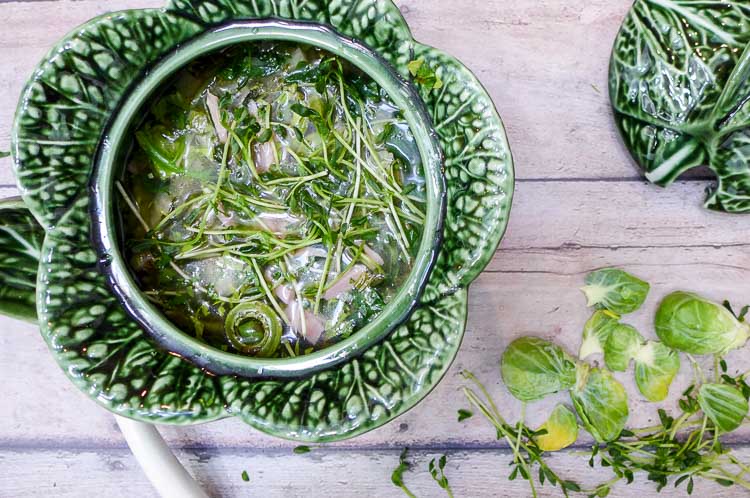
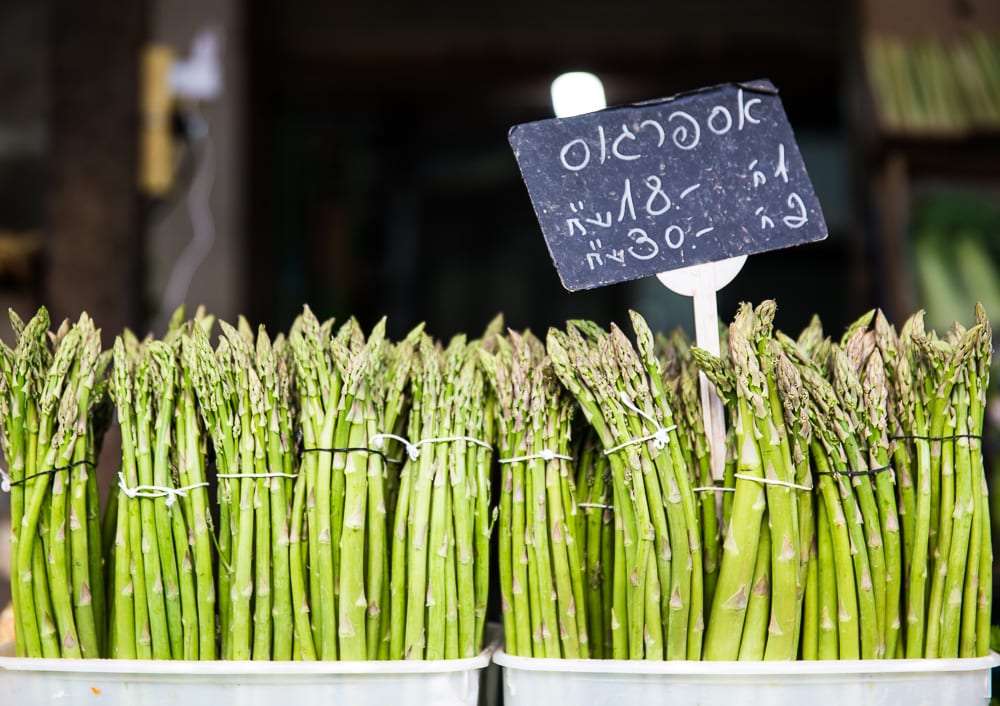
As a concept, borsch has traveled far and wide
Brought with Jewish immigrants to North America, borsch is often served iced cold with the ingredients combined into a kind of savory smoothie. Russian émigrés in the Far East incorporated ginger, chili peppers and other eastern spices that are natural enhancers of the sweetness of beets.
My own humble contribution to the borsch canon makes a very brief appearance each spring that I am in my native New England and the first glut of spring greens appear in the farmers’ markets. Fiddleheads and asparagus replace beets, while and ramps and garlic scapes add piquancy to this light, but very satisfying early summer soup.
Pin and share this article


Thank you for stopping by!
Let’s stay connected!
Thank you for visiting and enjoying another delicious food post!
This recipe first appeared in The Moscow Times on February 13, 2018, in an article entitled Spring Borshch: Cooks, Shoots, and Leaves.
I write on a very wide and somewhat eclectic range of subjects. Below, you’ll find an assortment of recent articles and features. I hope you’ll enjoy browsing around!
This post contains affiliate links and ads. Any purchases you choose to make via these links will net me a small commission from the retailer. I use these funds to support the maintenance and development of this website.
I hope you’ll consider staying connected with me by subscribing to receive regular updates or joining the conversation on Facebook, Twitter, Instagram, and Pinterest!
